Choosing the right bottle closure is crucial for keeping your products fresh and safe.
From screw-on caps to disc top caps, there are many options to consider.
It depends on what you’re packaging, from liquids to creams, and even powder.
Understanding which bottle closures work best for your container can make all the difference.
For instance, if you’re storing beverages, you might want a screw cap. On the other hand, if you’re dealing with lotions, a pump cap could be ideal.
Each closure type offers its own benefits and suitability.
With options like corks for wine bottles, knowing your packaging needs will ensure your product stays secure.
Common Types of Bottle Closures
Different bottle closures help to keep your products fresh, safe, and easy to use. Here are several common types you might encounter:
Screw Caps
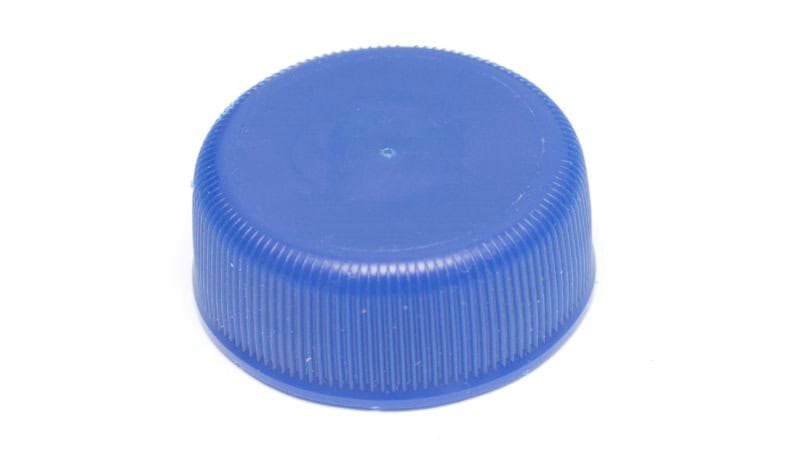
Screw caps are perhaps the most familiar type of bottle closure.
They are found on bottles, jars, and tubes. Made of plastic or metal, they usually have a continuous thread to create a tight seal.
Advantages:
- Sealing: Good at making containers airtight.
- Liners: Can have liners made of foam, foil, or rubber to enhance sealing.
- Reusability: Easy to open and close multiple times.
Disadvantages:
- Not suitable for certain liquids that might react with the liner material.
Corks
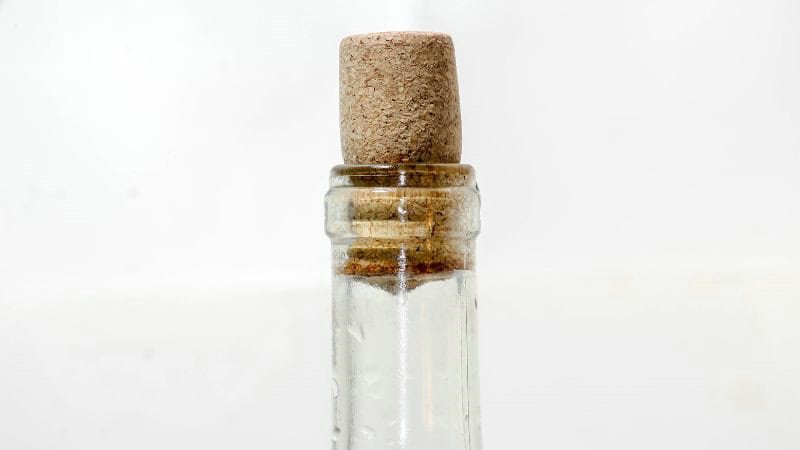
Corks are traditional closures often used for wine and some spirits. They are made from natural cork material or synthetic equivalents.
Advantages:
- Sealing: Excellent for preventing air from spoiling the contents.
- Containment: Good for long-term storage.
Disadvantages:
- Shelf Life: Natural cork can dry out and shrink over time.
- Consistency: Synthetic corks can provide more uniform sealing.
Crown Caps
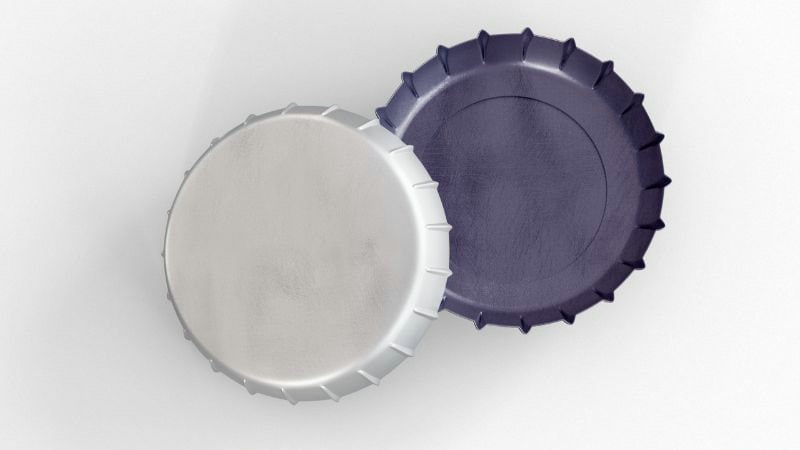
Crown caps are typically used for carbonated beverages like soda and beer.
They crimp onto the neck of the bottle and require a bottle opener to remove.
Advantages:
- Sealing: Create a strong, airtight seal to maintain carbonation.
- Shelf Life: Good for products with a longer shelf life.
Disadvantages:
- Single Use: Not reusable.
- Opening: Requires a special tool to open.
Pump Caps
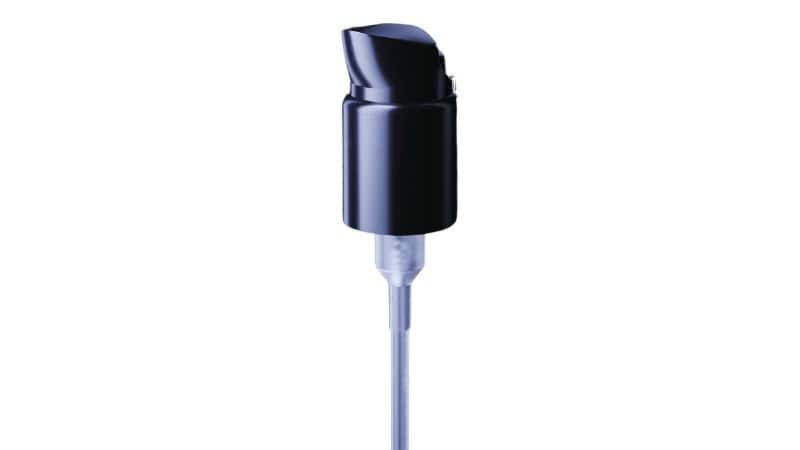
Pump caps are common for products like lotions, shampoos, and soaps.
They allow for easy dispensing without removing the cap.
Advantages:
- Convenience: Simple to use and reduces waste.
- Sealing: Often come with a locking mechanism to prevent leaks.
Disadvantages:
- Unlined: Usually unlined, so might not be ideal for all liquid types.
- Cost: Generally more expensive than standard screw caps.
Disc Top Caps
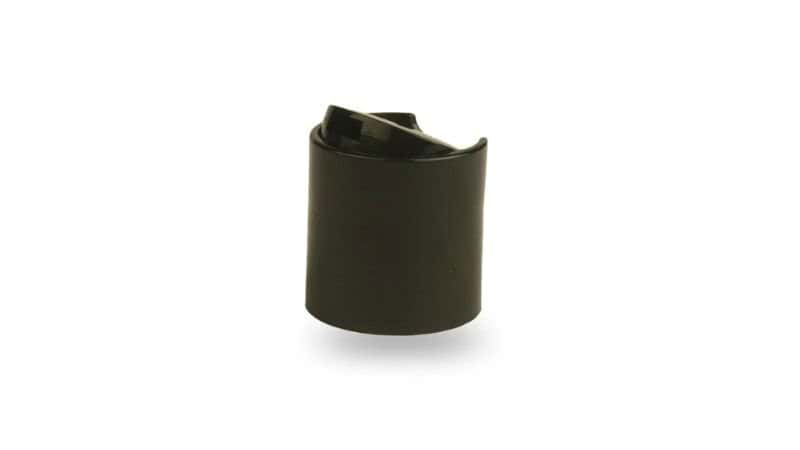
Disc top caps are popular for personal care products.
Pressing down on one side of the cap causes the opposite side to lift, allowing the liquid to pour out.
Advantages:
- Ease of Use: Convenient one-handed operation.
- Sealing: Provides a reasonable seal to prevent leaks.
Disadvantages:
- Liners: Generally do not include liners, which might affect airtightness.
- Containment: Not the best for very liquid products.
Dropper Caps
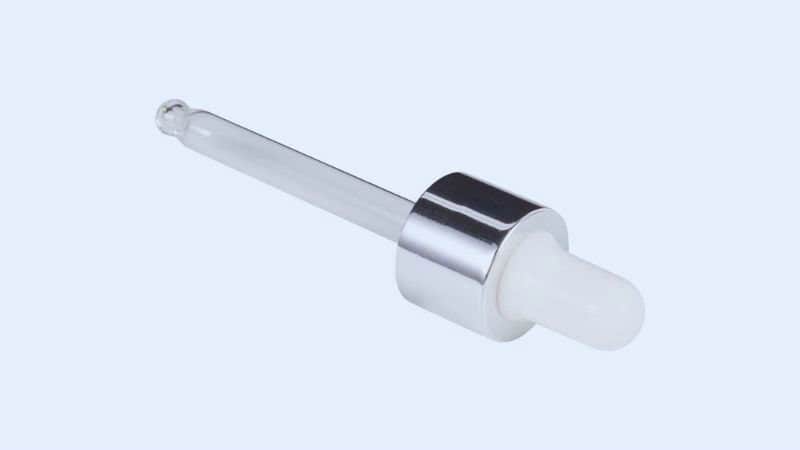
Dropper caps are designed for precision in dispensing small amounts of liquid.
These are common in essential oils, pharmaceuticals, and other concentrated products.
Advantages:
- Accuracy: Great for precise dispensing.
- Sealing: Often includes a rubber bulb that ensures a good seal.
Disadvantages:
- Maintenance: Rubber components may degrade over time.
- Shelf Life: Might not be the best for long-term storage.
Flip Top Caps
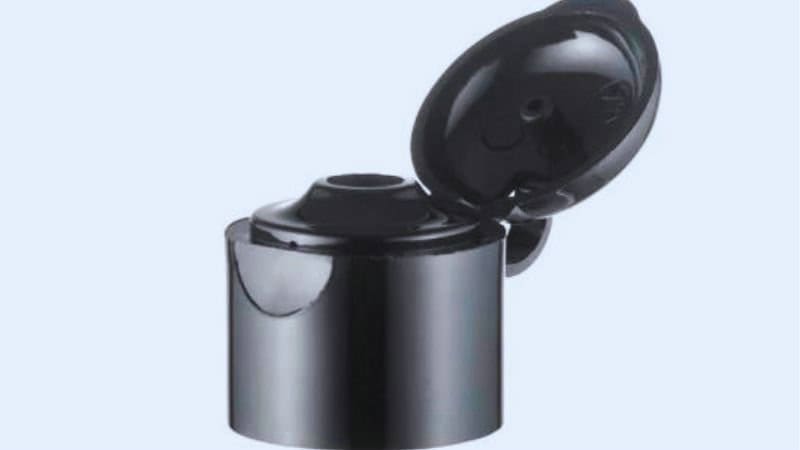
Flip-top caps are handy for products that you need to access frequently, like condiments and hand sanitizers.
They feature a hinged lid that flips open and snaps shut.
Advantages:
- Convenience: Easy to use and reduces the risk of losing the cap.
- Sealing: Provides a decent seal for most applications.
Disadvantages:
-
- Unlined: Often unlined, which might not be ideal for some liquids.
- Durability: Hinges can wear out over time.
Considerations of Choosing Bottle Closures
When choosing bottle closures, it’s essential to consider factors like compatibility, materials, security, and personal preferences.
These elements play a crucial role in ensuring your product remains safe, uncontaminated, and easy to use.
Compatibility
The closure must fit your bottle perfectly. If it doesn’t, you’ll face issues like leaks, spills, and evaporation.
Check the threading or screw-type closures to ensure a secure fit.
You’ll also need to match the closure size with the bottle neck size.
Some bottles require lined closures for better sealing, while unlined may work for others. Always consult your bottle’s specifications for the best match.
Materials
The material of the closure affects the product’s shelf life and safety.
Common materials include plastic, metal, and phenolic.
Plastic closures are lightweight and cost-effective. Phenolic options are more durable and suited for chemical containment.
The liner can also vary: foil, rubber, and other materials each offer different airtight properties.
Security
Security features ensure your product’s integrity.
Consider tamper-evident seals, which show if the product has been opened.
Child-resistant caps are important for pharmaceuticals and hazardous chemicals.
Security is not just about keeping contents safe but also about regulatory compliance.
Personal Preferences
Personal preferences take into account ease of use and aesthetic appeal.
You might prefer closures that are easy to open and close, fitting a wide range of hand sizes.
The texture and design can also be customized to enhance the user experience.
These aspects can improve customer satisfaction and brand loyalty, making the product more appealing.
